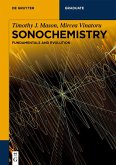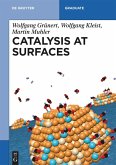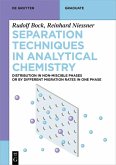Due to the advances of various methods for the prediction of toxicity of organic compounds and ionic liquids (ILs), it is necessary to review these methods for scientists and students. It is essential to compare the advantages and shortcomings of these methods. Since many organic compounds and ILs are synthesized each year, this book introduces suitable models for the assessment of their toxicities.
This book reviews the best predictive methods for the prediction of toxicity of organic compounds and ILs, which were derived by in vitro or in vivo experiments. Different available quantitative structure-toxicity relationship (QSTR) models based on various descriptors have been discussed to predict toxicity parameters such as LD50 (50% lethal dose), EC50 (the concentration of the desired IL that produces mortality of 50 percent of the bacterial population) and log(IGC50-1) (logarithm of 50% growth inhibitory concentration of T. pyriformis) of various classes of organic compounds and ILs. The reliability of these methods is compared and discussed. Each chapter contains some complimentary problems with their answers, which can improve the experience of students and researchers.
The introduced subjects are suitable for advanced students in chemistry, biochemistry, medicinal chemistry, and chemical engineering.
This book reviews the best predictive methods for the prediction of toxicity of organic compounds and ILs, which were derived by in vitro or in vivo experiments. Different available quantitative structure-toxicity relationship (QSTR) models based on various descriptors have been discussed to predict toxicity parameters such as LD50 (50% lethal dose), EC50 (the concentration of the desired IL that produces mortality of 50 percent of the bacterial population) and log(IGC50-1) (logarithm of 50% growth inhibitory concentration of T. pyriformis) of various classes of organic compounds and ILs. The reliability of these methods is compared and discussed. Each chapter contains some complimentary problems with their answers, which can improve the experience of students and researchers.
The introduced subjects are suitable for advanced students in chemistry, biochemistry, medicinal chemistry, and chemical engineering.
Dieser Download kann aus rechtlichen Gründen nur mit Rechnungsadresse in A, B, BG, CY, CZ, D, DK, EW, E, FIN, F, GR, HR, H, IRL, I, LT, L, LR, M, NL, PL, P, R, S, SLO, SK ausgeliefert werden.









